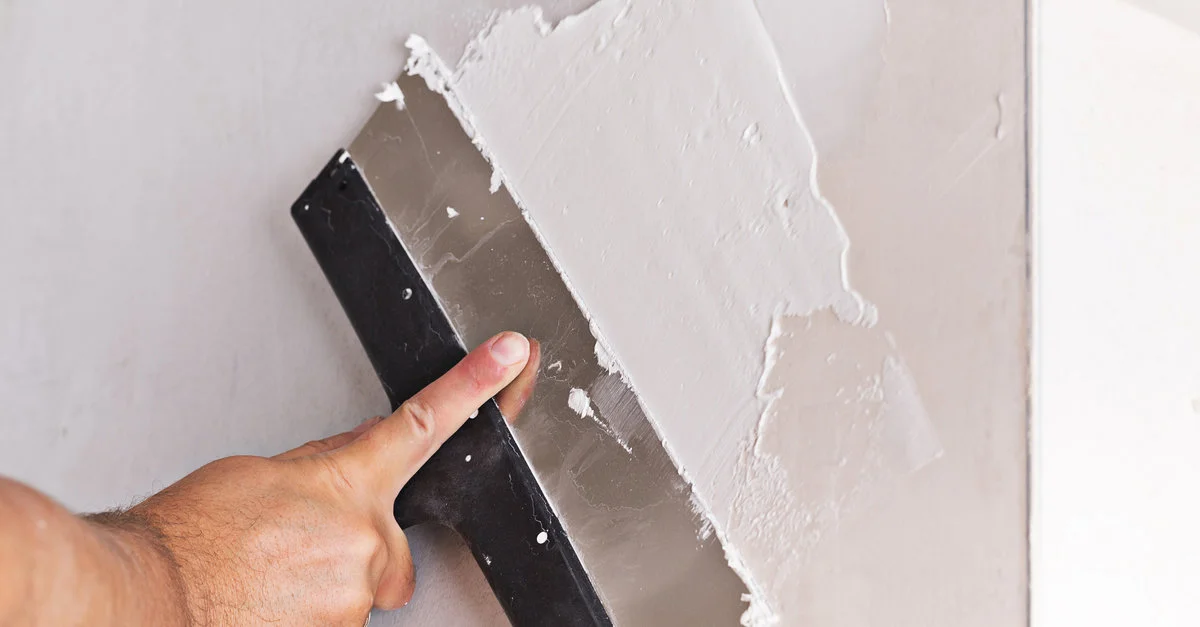High Quality Drywall Installation That Changes Your Interiors
High Quality Drywall Installation That Changes Your Interiors
Blog Article
Drywall Installment Facilitated: Tips for Perfect Results
Drywall setup is often viewed as a challenging job, yet with the best approach and understanding, it can become a workable endeavor. Grasping strategies for cutting, hanging, and ending up drywall can considerably influence the outcome.
Choosing the Right Materials
Choosing the proper materials for drywall setup is crucial to accomplishing a sturdy and aesthetically pleasing surface. drywall installation. The main component, drywall sheets, typically can be found in different densities, with 1/2-inch sheets being typical for interior wall surfaces. For locations requiring additional wetness resistance, such as cooking areas or bathrooms, take into consideration using green board or cement board, which are specifically made to withstand humidity

Furthermore, choosing the best fasteners-- either nails or screws-- is essential for securing the drywall to the framework. Drywall screws are usually preferred for their holding power and minimized danger of popping. Think about the finishing touches such as primer and paint, which not just boost the appearance but additionally safeguard the drywall from wetness and wear.
Preparing the Setup Area
Prior to starting the drywall setup process, it is important to prepare the installment area extensively. A clean work space reduces the threat of damage to existing things and allows for effective activity during installment.
Next, evaluate the walls and ceiling for any type of blemishes, such as cracks, openings, or mold and mildew. Address these problems beforehand; patch any type of problems and allow adequate time for fixings to dry. Furthermore, make certain that electrical outlets, buttons, and pipes are properly positioned and made up, as this will certainly impact drywall placement.
Think about the ecological problems also. A stable temperature and humidity degree are essential for optimum attachment and efficiency of the drywall products. If needed, use a dehumidifier or heater to create ideal problems.
Trimming and Hanging Drywall
The secret to effective drywall setup lies in the precise cutting and hanging of the panels. Begin by measuring the space properly, taking right into account any type of obstructions such as electric outlets or home windows. Make use of a straight side and an utility knife to score the drywall along your dimensions, then snap it along the racked up line for a tidy break. For more elaborate cuts, such as around electrical outlets, a drywall saw can be made use of for accuracy.

Constantly work from the top down and delegated right, ensuring that you preserve a staggered pattern to boost stability. Effectively hanging the drywall sets the foundation for a smooth coating, ultimately leading to premium cause your drywall task.
Insulation and Mudding Techniques
While appropriate cutting and dangling of drywall sets the phase, the next crucial step includes understanding taping and mudding techniques to make sure a smooth finish. Taping is important for enhancing joints and avoiding fractures; it entails installing tape into the applied joint compound (mud) Begin with a top quality fiberglass or paper tape, applying the tape over the joint and pressing it into the damp mud making use of a taping blade, ensuring no air bubbles remain.
Once the tape is in location, use a slim layer of joint substance over the tape, feathering the sides to create a smooth transition to the drywall find here surface. Allow this layer to dry totally before sanding it gently to eliminate blemishes. Repeat this procedure, using added layers of mud as essential-- typically 2 to 3 layers-- while gradually widening the application location with each layer to attain a smooth appearance.
After the last layer dries out, sand the surface area with a fine-grit sandpaper up until smooth. drywall contractor. Bear in mind to put on a mask throughout fining sand to prevent breathing in dust particles. Grasping these taping and mudding techniques is crucial for achieving a professional-quality finish in your drywall installation
Ending Up Touches for Excellence
Accomplishing a flawless drywall installation goes beyond mudding and taping; it finishes in the completing touches that raise the overall review look. These last steps are essential in making sure a professional-grade coating that improves the aesthetic appeals of your area.
Begin by fining sand the dried joint compound to develop a smooth surface. Use a fine-grit sandpaper and a fining sand block or pole sander for optimum control. Pay specific attention to sides and corners, as these areas often tend to need more careful work. After fining sand, wipe down the wall surfaces with a damp fabric to remove any kind of dust fragments, making sure a clean surface area for paint.
Next, use a guide particularly designed for drywall. This action is important, as it aids seal the joint compound and gives an uniform base for the topcoat. As soon as the primer dries, evaluate for any type of flaws, and repair as needed.
Final Thought
In conclusion, effective drywall installment pivots on the careful selection of materials, comprehensive preparation of the this website setup area, and precise execution of cutting and hanging methods. Mastery of taping and mudding processes is vital for accomplishing a smooth surface.
Drywall setup is commonly regarded as a difficult task, yet with the best method and understanding, it can end up being a manageable endeavor.Selecting the suitable products for drywall installment is critical to attaining a sturdy and visually pleasing surface.Before starting the drywall installment process, it is vital to prepare the setup area completely. Mastering these taping and mudding strategies is critical for attaining a professional-quality coating in your drywall setup.
In conclusion, effective drywall setup hinges on the mindful choice of materials, thorough prep work of the installation area, and accurate execution of reducing and hanging techniques.
Report this page